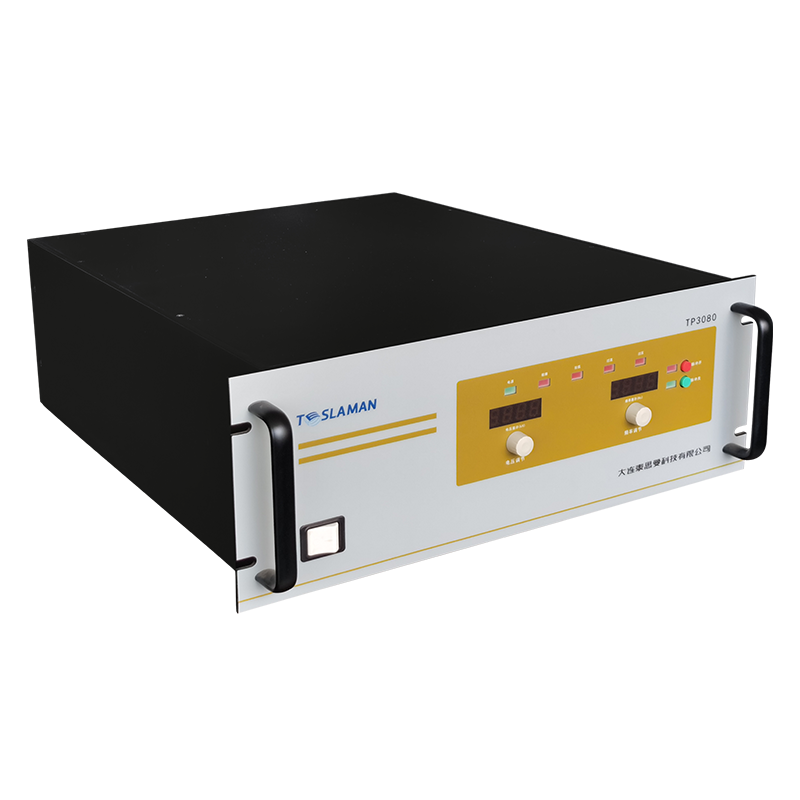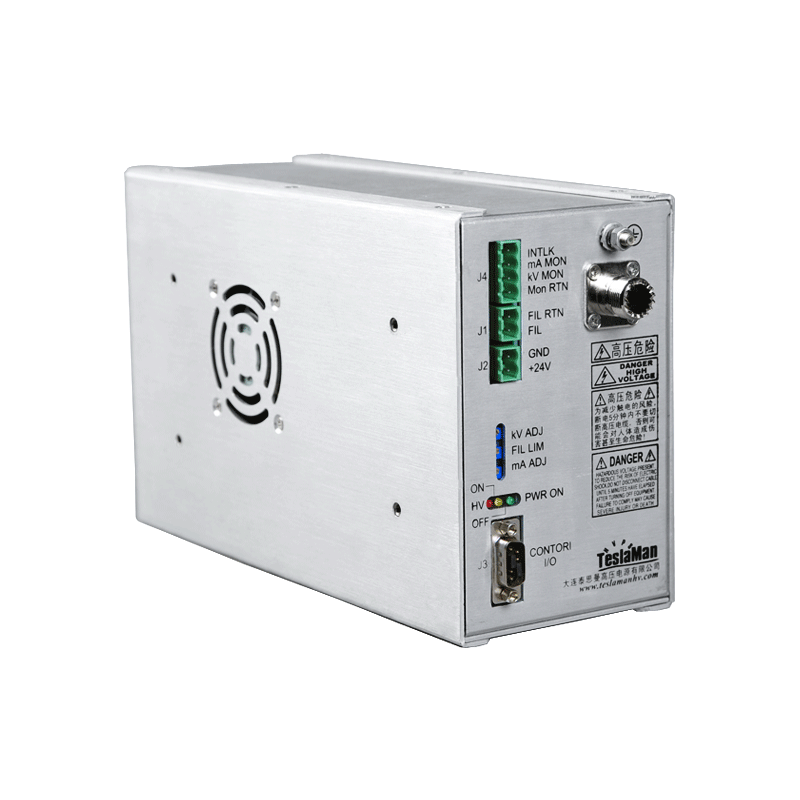Technical Innovation of Constant Current High-Voltage Power Supply
1. Background and Core Requirements
Constant current high-voltage power supplies (CC-HVPS) serve as critical components in precision electronic systems, with technological innovation focusing on stability, efficiency, and integration. Traditional linear power supplies, despite low ripple characteristics, suffer from high power consumption and large volume, failing to meet modern industrial needs. As sectors like semiconductor manufacturing, medical imaging (e.g., CT scans), and new energy storage demand higher precision constant current outputs, HVPS is transforming from single-function modules to intelligent energy management units. Key technical challenges include current stability under high voltage, electromagnetic compatibility (EMC) in high-frequency operations, and balancing power density with heat dissipation efficiency.
2. Multi-dimensional Technical Breakthroughs
(1) Iteration of Power Devices and Materials
The large-scale application of wide-bandgap semiconductors (SiC, GaN) has redefined HVPS performance. Compared with traditional silicon devices, SiC MOSFETs reduce switching losses by over 70% and increase breakdown field strength by 10 times, enabling conversion efficiency above 95% in 10kV+ scenarios. Additionally, nanocrystalline soft magnetic materials (e.g., iron-based amorphous alloys) with permeability exceeding 80,000 and core loss below 0.1W/cm³ have shrunk transformer volume by 40%, facilitating miniaturization for portable medical HVPS.
(2) Collaborative Innovation in Topology and Control Algorithms
Optimized Resonant Topology:
The hybrid LLC resonant topology, with variable capacitance compensation, controls frequency fluctuation within ±0.5% at 20kV constant current output, reducing ripple current to <5mA—40% lower than traditional PWM topologies. Leveraging zero-voltage switching (ZVS) via parasitic parameters, it decreases switching tube temperature from 120℃ to 85℃ in high-voltage electrolysis, extending device lifespan.
Intelligent Upgrades in Digital Control:
Model Predictive Control (MPC)-based current loop algorithms, by establishing state-space models, achieve millisecond-level responses to load mutations (e.g., transient current fluctuations in semiconductor ion implantation). FPGA-based control systems exhibit current regulation rates of 1A/μs and dynamic errors <0.1%, outperforming traditional PI control.
(3) Integrated Design and System-level Optimization
3D stacked packaging integrates high-voltage rectifiers, drive circuits, and sampling resistors on ceramic substrates, reducing parasitic inductance to <1nH and suppressing EMI caused by dv/dt. In new energy storage HVPS, this design boosts power density to 50W/in³ while a composite cooling solution (liquid cooling plates + phase-change materials) controls thermal density below 200W/cm², meeting EV charging pile requirements.
3. Application Scenarios and Technical Value
In semiconductor manufacturing, 10kV CC-HVPS for plasma etching maintains etching rate偏差 within ±2% via dynamic impedance matching, improving chip yield. Medical linear accelerator power supplies, using adaptive feedforward control, stabilize output current within ±0.05% for precise radiotherapy dosages. In new energy, SiC-based high-voltage charging modules enable 1.5MW energy storage systems with charge-discharge efficiency exceeding 98%.
4. Future Trends
CC-HVPS innovation is moving towards intelligence and greenness: integration of AI algorithms and digital twins will enable health prediction and self-healing control; metamaterial-based EMI suppression may reduce electromagnetic interference by 20dB; solid-state electrolytic capacitors could eliminate traditional electrolytic capacitor lifespan limitations. These breakthroughs will drive CC-HVPS applications in extreme scenarios like nuclear fusion and deep-sea exploration.




















